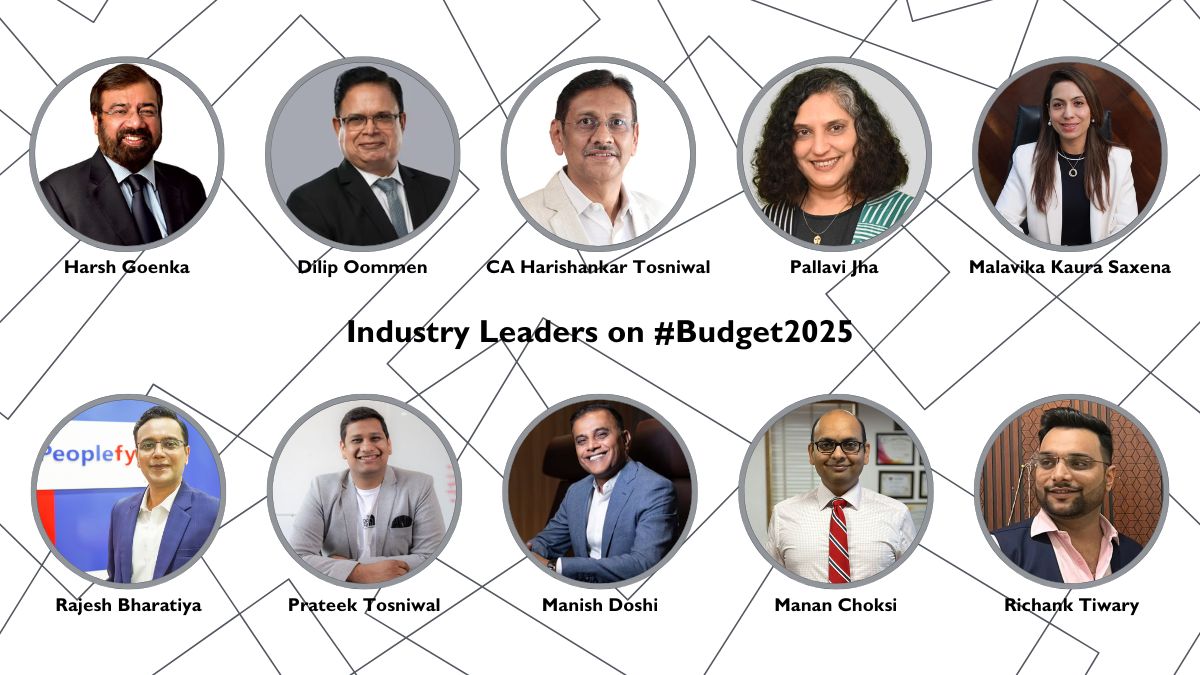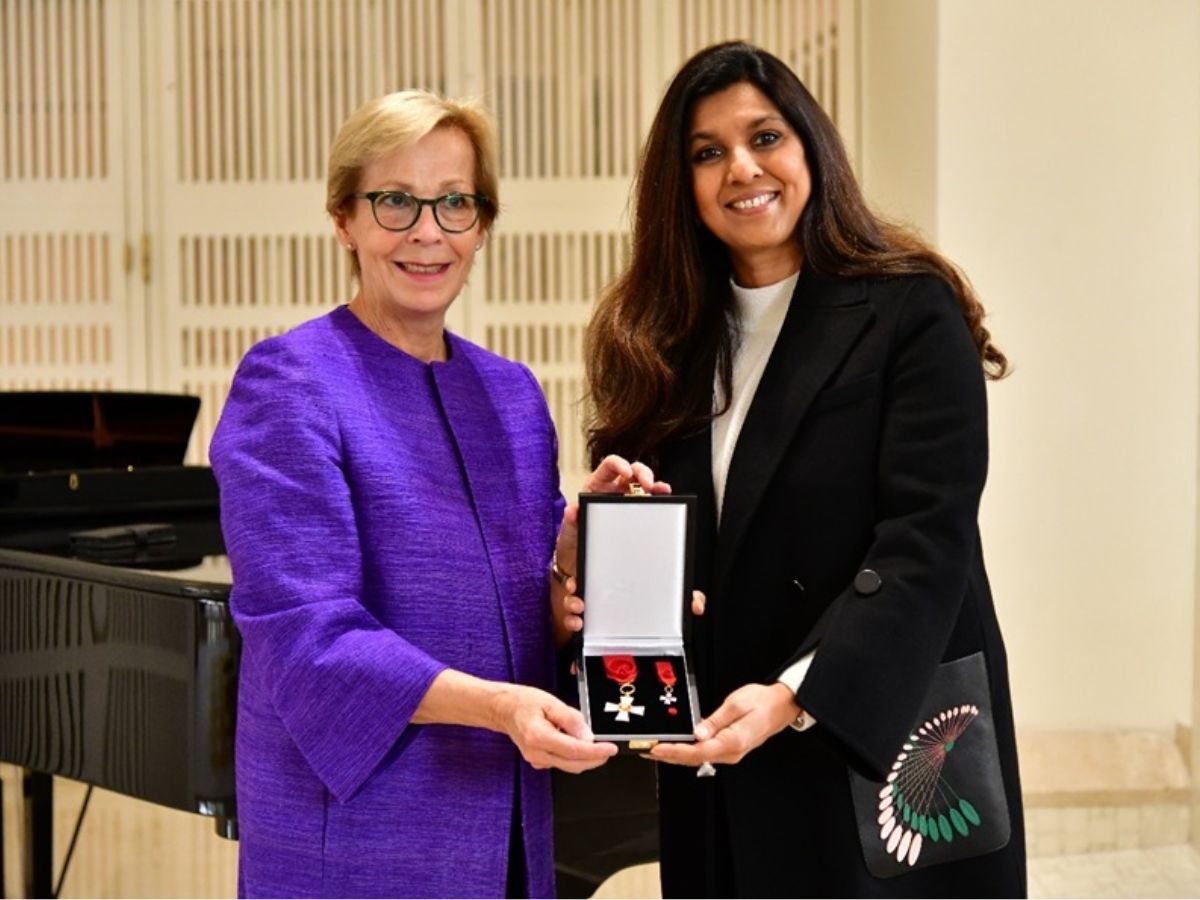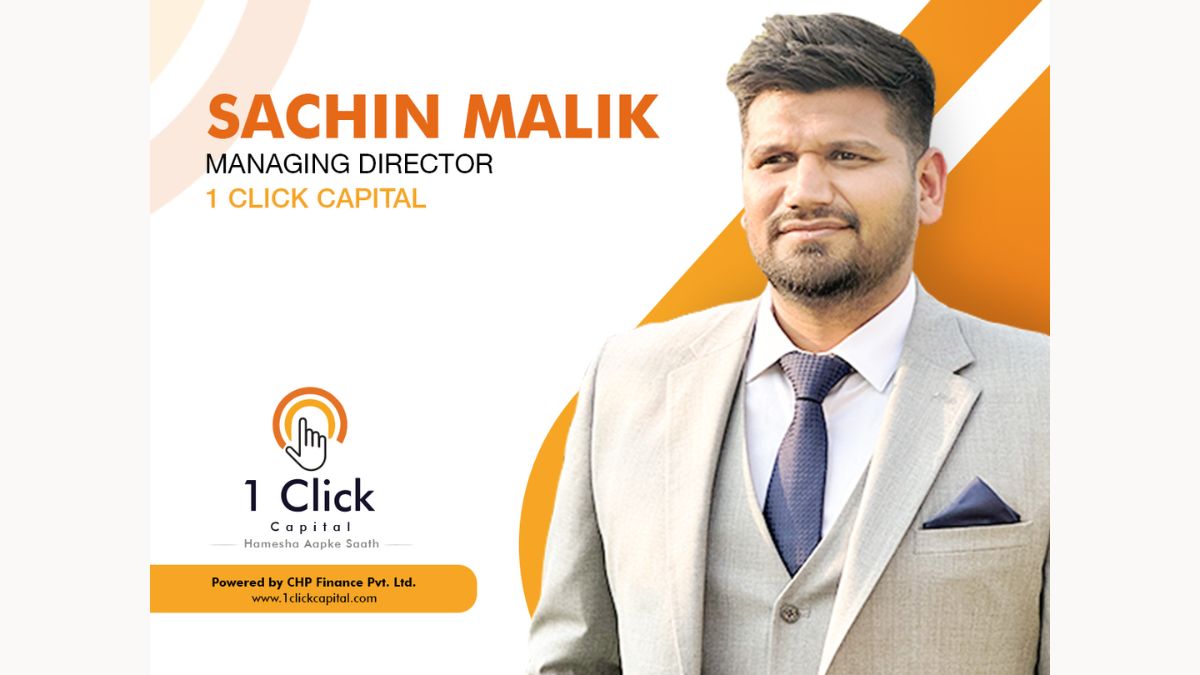Budget 2025: Industry Voices Weigh in on Growth, Relief, and Challenges

New Delhi [India], February 4: The wait is over, and the numbers are in. Finance Minister Nirmala Sitharaman has presented the Union Budget 2025, and now the real analysis begins. Across boardrooms and startup hubs, industry leaders are dissecting the budget’s details, assessing its potential to shape the economic landscape. Here’s a snapshot of what some of the most influential voices in business are saying about the budget’s promises and potential pitfalls.
Harsh Goenka, Chairman, RPG Group
Just like the men in blue, FM Sitharaman has announced a Champions budget that Deep(ly) Seeks to institute structural reforms, Trump’s consumption woes, putting money in the hands of the middle class. India does a ‘shahi snan’, cleansing itself from structural issues and transforming towards a truly Viksit Bharat.
Dilip Oommen, CEO of ArcelorMittal Nippon Steel India (AM/NS India)
The Union Budget sets a bold course for an ‘Atmanirbhar Bharat’, demonstrating the Government’s commitment to sustainable growth under the Viksit Bharat@2047 agenda. With ₹11.21 lakh crore allocated for capital expenditure, the focus on infrastructure will stimulate growth, especially in the steel sector. Actual spending from the committed outlay within the financial year will set the tone for immediate and future economic growth.
The overall focus on renewable energy is a commendable step. The additional focus on Nuclear Energy, with a target of 100 GW by 2047, is a decisive step in India’s green energy transition. This will help drive the country’s green transformation and the steel industry.
The steel sector also stands to benefit from indigenous shipbuilding and marine development projects and enhanced credit availability for MSMEs, which will give them access to financing for businesses involved in the construction and manufacturing sectors.
CA Harishankar Tosniwal, Managing Partner, H Tosniwal & Co.
The budget focuses on rural development under the vision of “Vikshit Bharat” and provides significant relief to the middle class. Investor participation has increased by 33%, with mutual fund investors rising from 2.9 crore in 2021 to 5.6 crore in December 2024. MSMEs benefit from increased turnover and capital investment limits. The extension of startups’ eligibility for benefits to 2030 fosters innovation. Simplified TDS and TCS provisions are indicative of a straightforward Income Tax Bill. Overall, this budget drives economic growth, fosters innovation, and strengthens India’s financial landscape for a prosperous future. I see this as an uplifting budget for our country; India has been growing, and it’s time to outgrow it.
Pallavi Jha, Chairperson & MD, Walchand PeopleFirst and Dale Carnegie India
“The FY25 Union Budget focuses ambitiously on energy, skilling, and employment, with a Rs 500 crore allocation for Centres of Excellence to address rising unemployment. However, this funding remains insufficient to meet the needs of India’s large demographic dividend. The sluggish uptake of existing programs like the PM Internship Scheme highlights the critical need for structural reforms to drive implementation and quality assurance and prevent creating another layer of mediocre training providers. While the focus on agriculture and manufacturing aligns with India’s long-term growth imperatives, these interventions risk becoming short-term electoral gestures rather than solutions to deep-rooted structural challenges.
Malavika Kaura Saxena, CMO, Rusan Pharma
The scale-up of Cancer Care centres in Budget 2025 is a transformative step toward improving accessibility and easing the burden on overstretched healthcare infrastructure. We urge policymakers to ensure these centres integrate pain management and palliative care, which are critical to holistic cancer treatment. The tax exemptions for life-saving drugs and rare disease therapies are a move in the right direction, as they will enhance affordability and availability for patients. These measures align with Rusan’s mission to prioritize patient-centric, accessible healthcare solutions. Rusan Pharma remains committed to supporting initiatives that bridge gaps and foster equitable health outcomes.
Rajesh Bharatiya, CEO, Peoplefy
In the Union Budget 2025, the Finance Minister announced the creation of a national framework to promote Global Capability Centres in Tier II cities. This is a much-needed and welcome move that will facilitate the necessary infrastructure development and employment generation in these cities. A large number of global companies have yet to establish such capability centres. Our central and state governments will continue to take a proactive approach to bring them to India. As of 2024, India has over 1,700 employees, and it employs nearly 1.9 million professionals. The GCC sector can easily add another 5 lakh jobs in India in the next 2-3 years.
Prateek Tosniwal, Partner at MICS International, Founder at IVY Growth Associates
The 2025 budget is a multi-pronged approach to boosting India’s economy and empowering its citizens. Abolishing the ‘angel tax’ and creating a Rs 10,000 crore Fund of Funds will ignite the startup ecosystem. Simultaneously, missions for pulses and cotton, along with five new skilling centres, demonstrate a commitment to rural development and workforce enhancement. Substantial tax relief, with the nil tax slab raised to Rs 2 lakh, puts more money in the hands of taxpayers, fueling consumption. These measures, focusing on innovation, agriculture, skills, and tax relief, aim to drive sustainable growth and improve the lives of all Indians.
Dr. Manish Doshi, Founder & MD, Concept Medical Group of Companies
The Union Budget 2025 marks a significant step towards strengthening India’s healthcare ecosystem, particularly for the Medtech, medical device, and pharmaceutical industries. The government’s decision to exempt 36 life-saving drugs from basic customs duty and bring six essential medicines under a concessional 5% duty is a commendable move, ensuring affordability and accessibility of critical therapies for millions. This will not only ease the financial burden on patients but also encourage the domestic manufacturing of advanced medical solutions.
Furthermore, the initiative to establish National Centers of Excellence for Skilling in collaboration with global experts is a visionary approach. In an era where technology-driven healthcare is rapidly evolving, a skilled workforce is crucial. By addressing industry challenges such as staff burnout and caregiver shortages, these centres will help bridge the talent gap, fostering a more sustainable healthcare system. Combined with incentives for research and development, these measures will undoubtedly propel India towards becoming a global leader in medical innovation and self-reliance in healthcare technology.
At Concept Medical, we welcome these progressive policies that align with our mission of pioneering transformative medical technologies. With a well-balanced focus on accessibility, affordability, and innovation, this budget is a major leap forward in shaping a robust Medtech and pharma landscape for the future.
Manan Choksi, CEO, Udgam Consultancy
Connecting all Govt schools with Broadband, 50,000 Atal Tinkering Labs, and an outlay of Rs. 500 Cr for AI COE is welcome. Smart classes will be cheaper thanks to a reduction in duty on LED components. Overall, it is a great budget for education!
Richank Tiwary, Co-Founder, Mediatronics Group
The 2025 budget emphasizes a strong commitment to media growth, acknowledging its critical role in shaping public opinion, education, and the economy. Key investments are being made to support digital media innovation, promote local journalism, and ensure media diversity. A focus is also placed on ensuring responsible media practices, combating misinformation, and fostering a balanced and independent press. The government’s vision is to foster a vibrant media landscape that remains resilient, transparent, and adaptive to technological changes, ensuring all citizens have access to reliable, high-quality information in an increasingly digital world.




































































